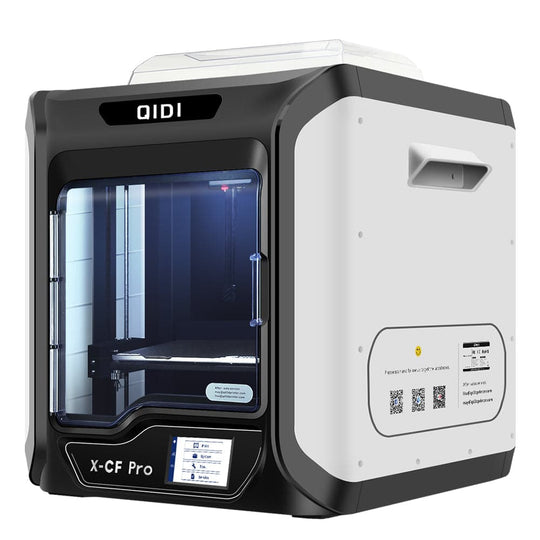What is FDM 3D Printing?
Fused Deposition Modeling (FDM) is a popular 3D printing technology that utilizes thermoplastic materials to create three-dimensional objects. This process involves melting a filament and extruding it layer by layer to build the desired shape. But what exactly makes FDM 3D printing a preferred choice among hobbyists and professionals alike?

How Does FDM 3D Printing Work?
The FDM process begins with a digital model, typically created using Computer-Aided Design (CAD) software. The model is sliced into thin horizontal layers using slicing software, which generates the G-code that guides the printer. The printer then heats the thermoplastic filament, extruding it through a nozzle onto a build platform. As each layer is deposited, it fuses with the previous one, gradually forming the complete object.
Key Components of FDM 3D Printing
- 3D Printer: The machine that performs the printing process.
- Filament: The thermoplastic material used for printing, available in various types such as PLA, ABS, and PETG.
- Build Platform: The surface on which the object is printed, often heated to improve adhesion.
- Extruder: The component that feeds the filament into the hot end for melting and extrusion.
Benefits of FDM 3D Printing
FDM 3D printing offers numerous advantages, making it a versatile option for various applications:
- Cost-Effective: FDM printers and materials are generally more affordable compared to other 3D printing technologies.
- Wide Material Selection: A variety of thermoplastics are available, allowing for different mechanical properties and applications.
- Ease of Use: FDM printers are user-friendly, making them accessible for beginners and experienced users alike.
- Rapid Prototyping: The ability to quickly produce prototypes accelerates the design and development process.
Applications of FDM 3D Printing
FDM 3D printing is utilized across various industries, including:
- Manufacturing: Creating functional prototypes and production parts.
- Aerospace: Producing lightweight components that meet stringent regulations.
- Healthcare: Developing custom medical devices and anatomical models.
- Education: Enhancing learning experiences through hands-on projects.
Conclusion
In summary, understanding what is fdm 3d printing reveals its significance in modern manufacturing and design. With its cost-effectiveness, ease of use, and versatility, FDM technology continues to evolve, opening new avenues for innovation. For those interested in exploring FDM printers, consider checking out for a range of options that cater to various needs.








